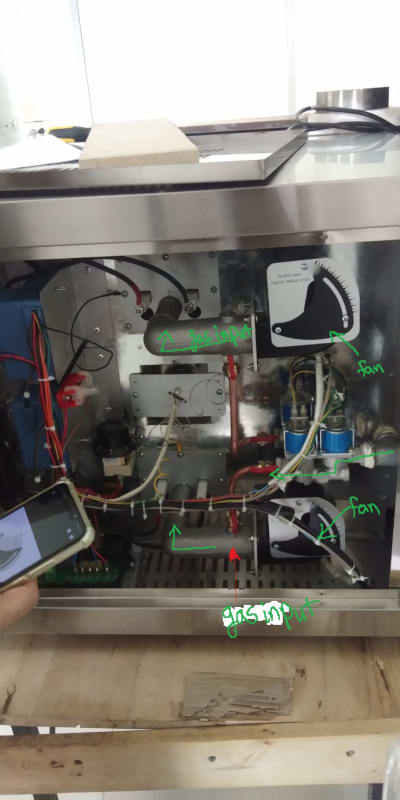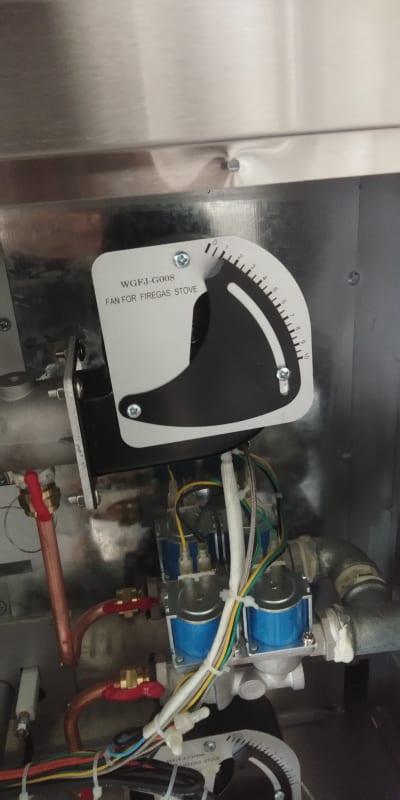daviddor
Mechanical
- Oct 30, 2022
- 45
Hii everyone , i would like to increase the gas flow into a burner in a pizza stove and increase the power which in now about 15,000 btu, would like to increase to a maximum of 30,000 btu. My idea is to adjust the orifice and then increase the air flow ,but don't really have a clue. would like to backup my ideas with some calculations. i am adding the photos of the stove and the pipe system , thank you very much





